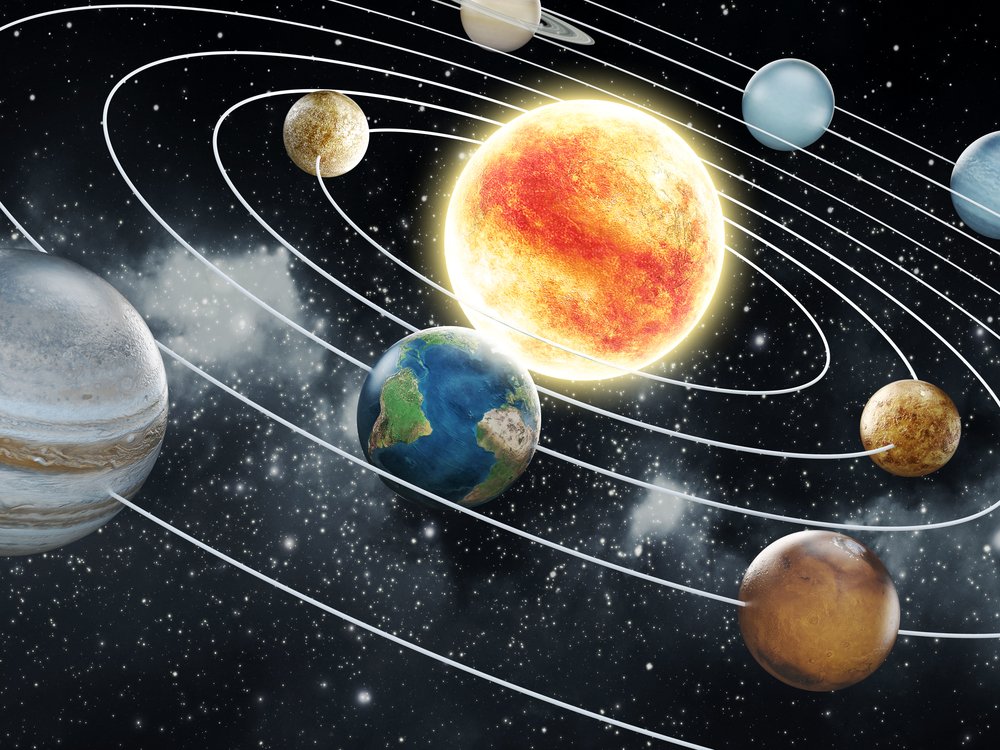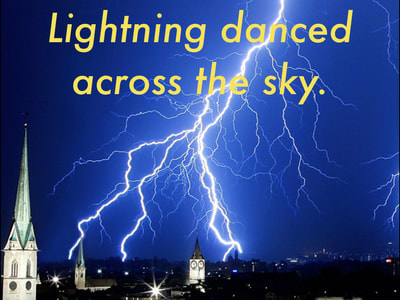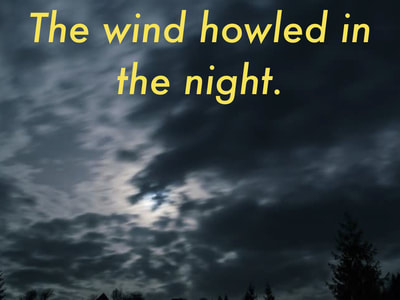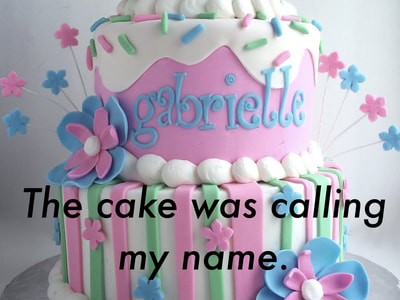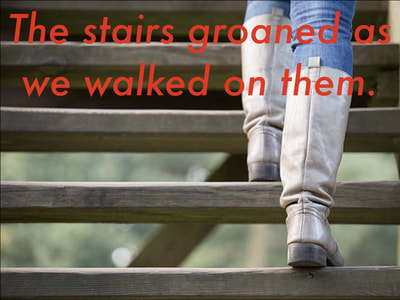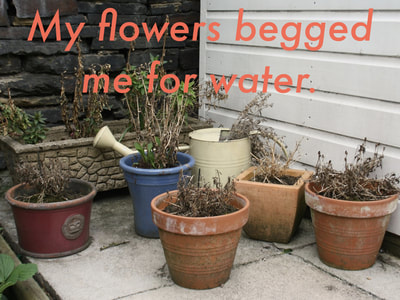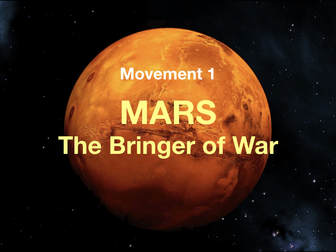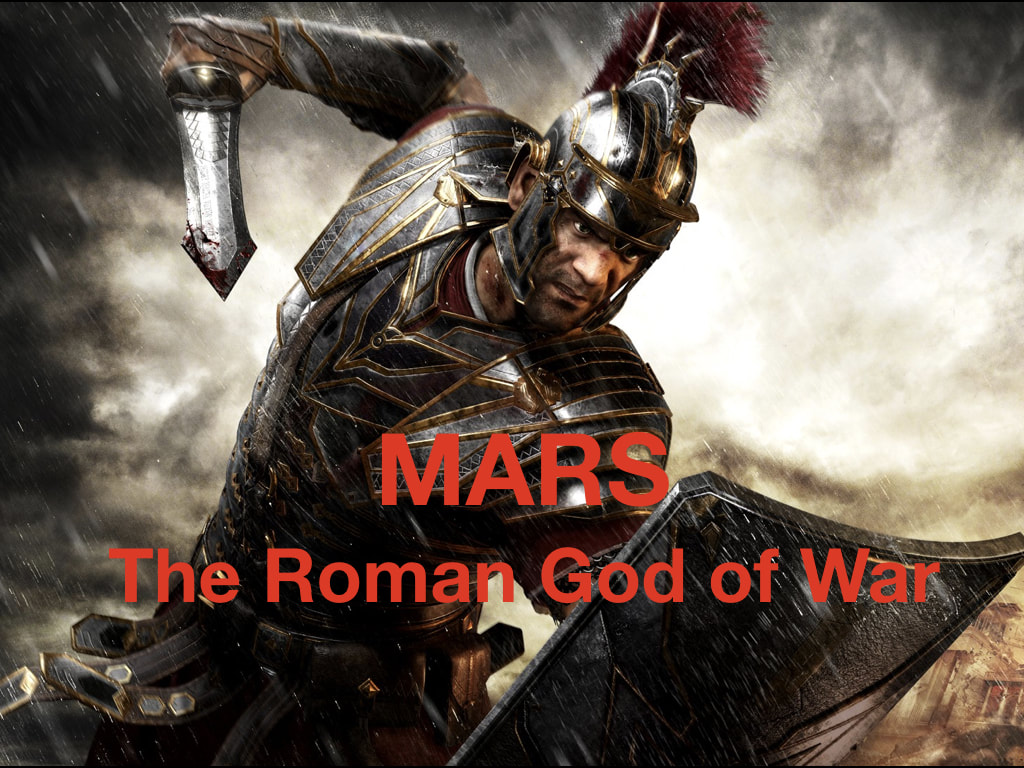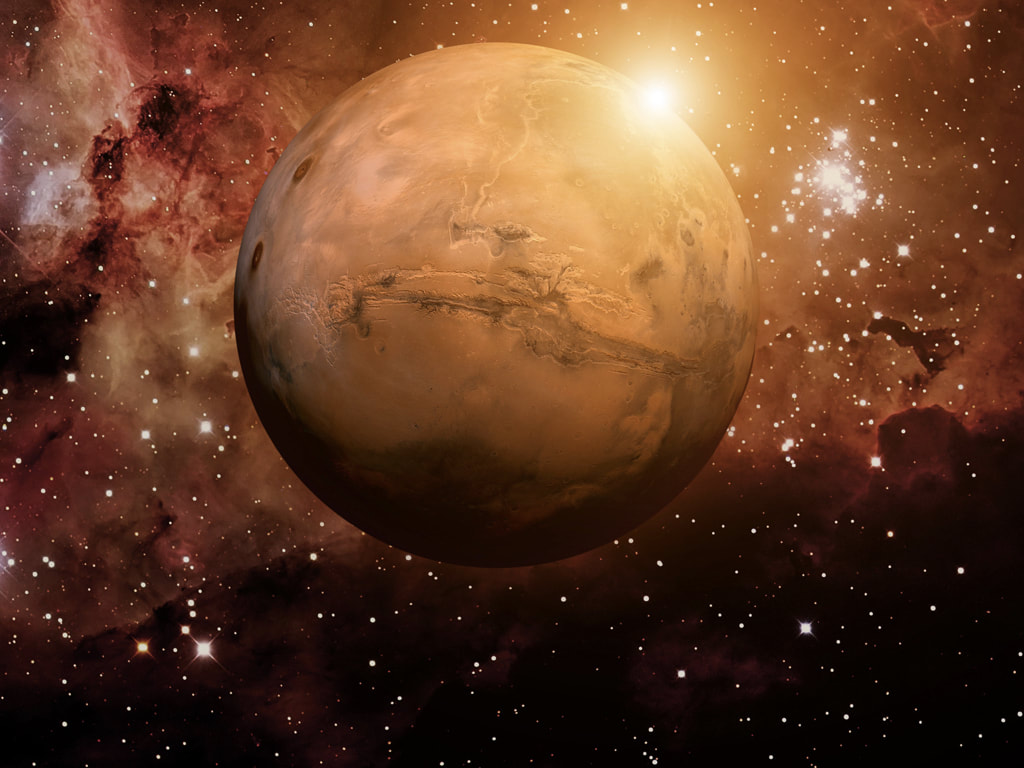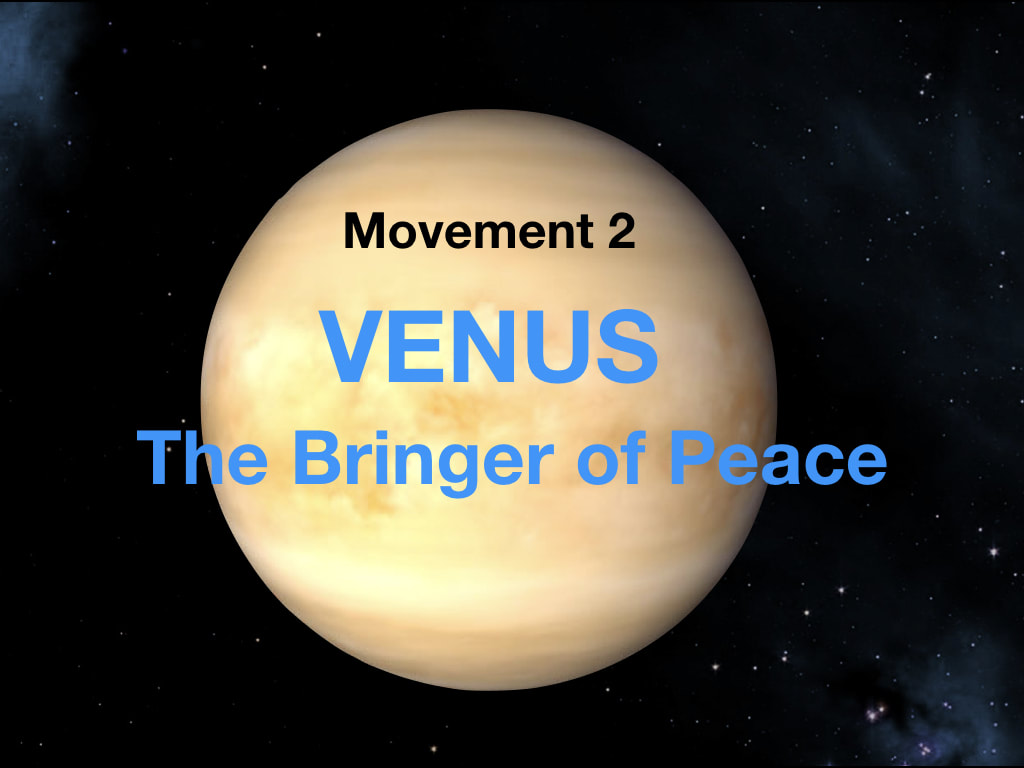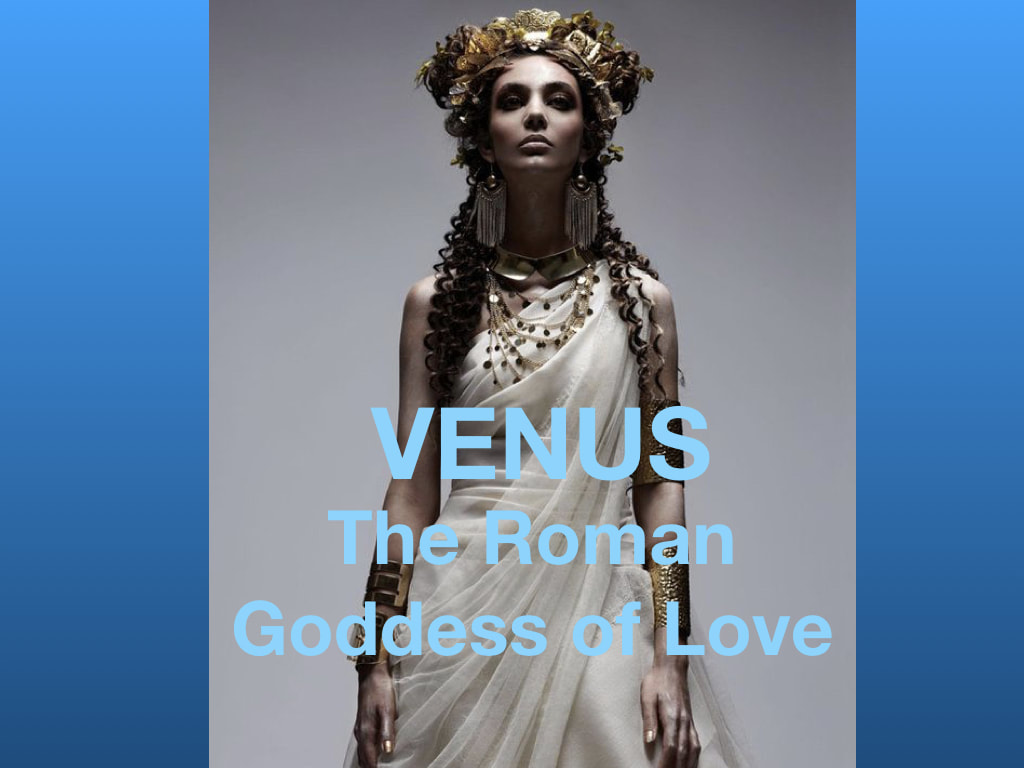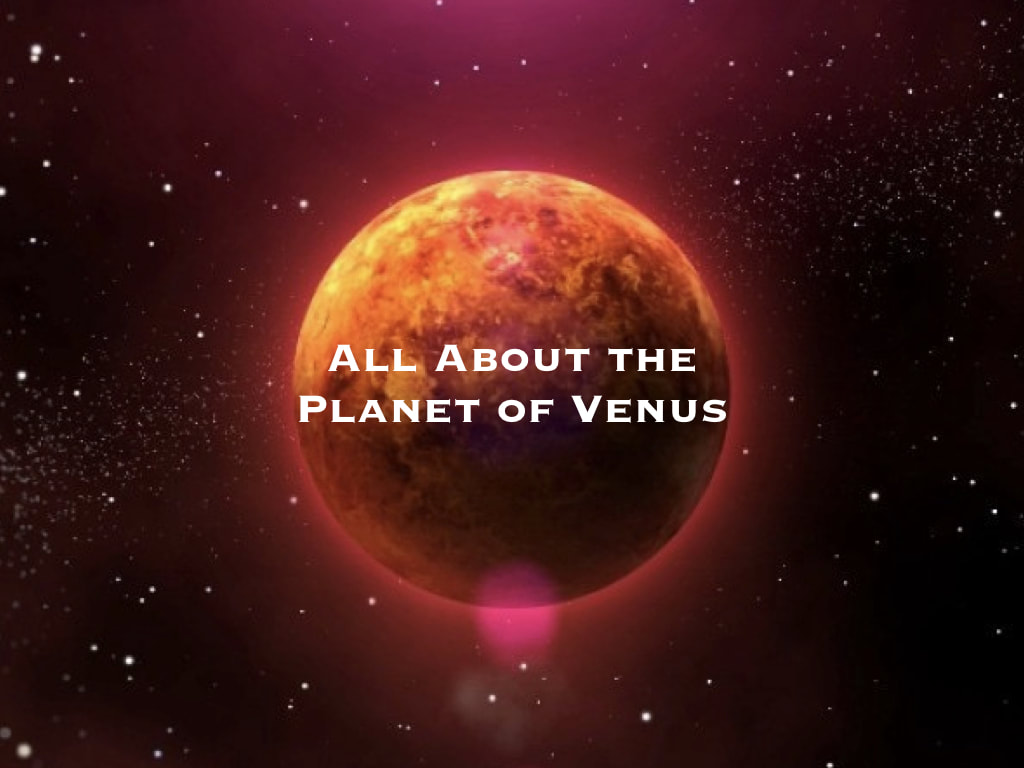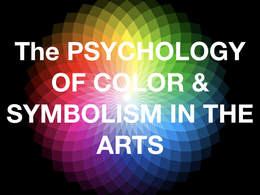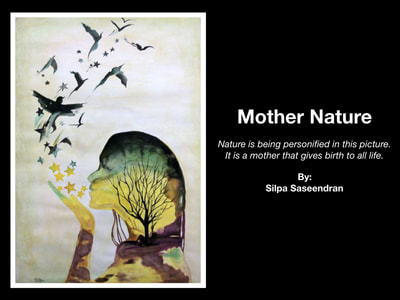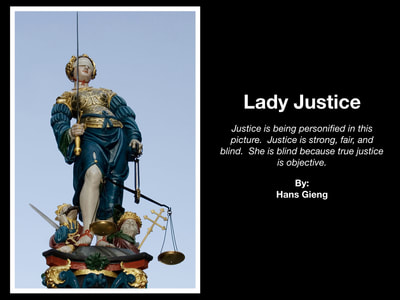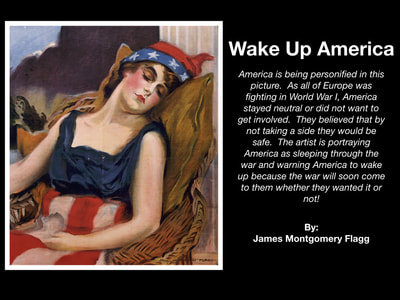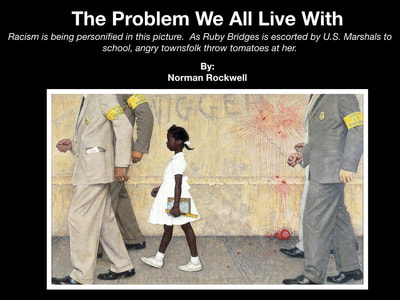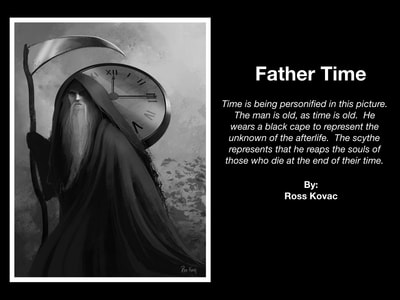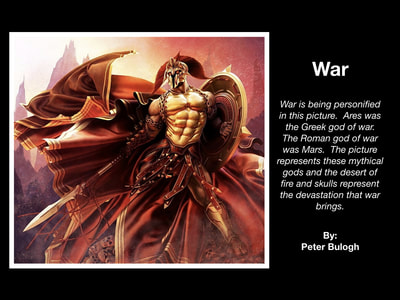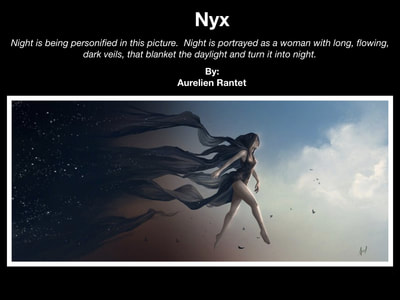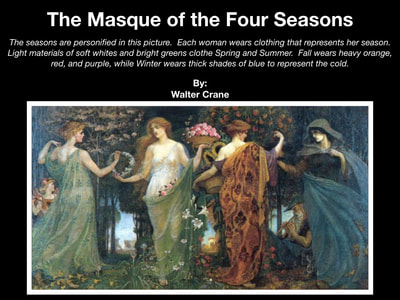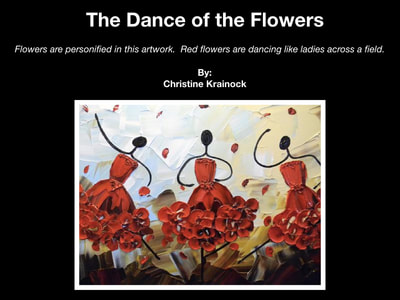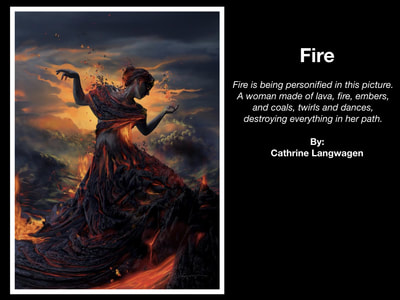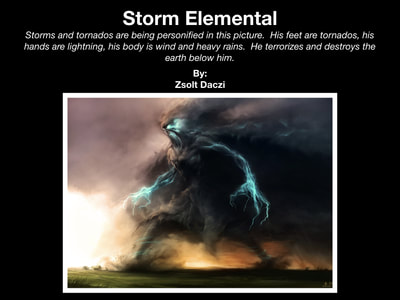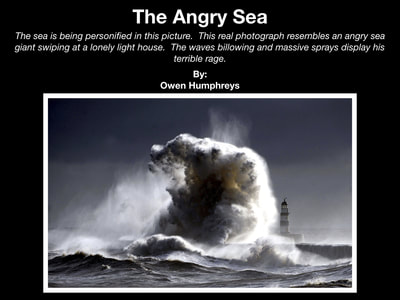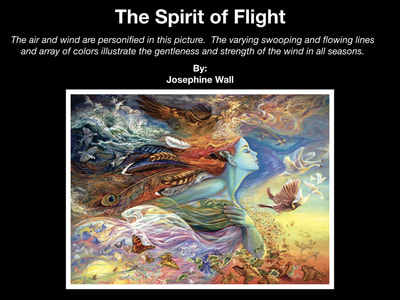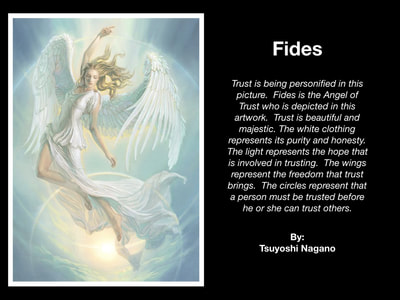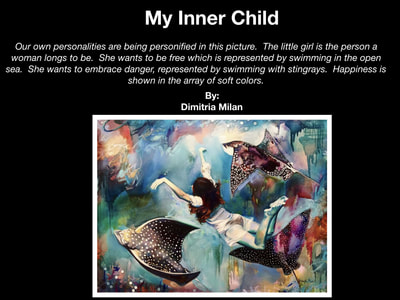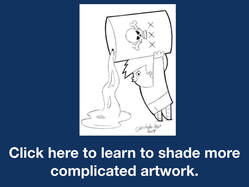LESSON 2
The Planets Personified
THE LESSON 2 MISSION
By the end of Lesson 2, you should be able to say:
|
ACTIVITY 1:
|
Check the toolbox for Vocabulary Words
Personification is when you give human qualities or abilities to an object or animal. It is a form of figurative language and a literary tool that makes reading more interesting.
musical elements: the different parts of a musical composition that used in combination makes makes imagery: showing symbolism or using several visual images collectively in art literary personification: using personification in literature artistic personification: using personification in the music and the visual arts Gustav Holst: British composer who wrote the Planets that personified 7 planets in our solar system rhythm: the element of "time" or beat in music dynamics: the volume of sound in music timbre: the way a voice or music makes sound high or low melody: the horizontal movement of pitches or sounds that make up the main theme of the musical work harmony: the vertical movement of pitches created by combining several pitches or sounds into chords texture: the number of individual musical lines or melodies and the relationship these lines or melodies have to one another form: the overall structure of a piece of musical the plan of how the music is laid out and divided into sections Mars: Roman god of war and the military, the second highest ranking god and protector of Rome and the fourth planet from the sun Venus: Roman goddess of love, peace, beauty, victory, and prosperity and the second planet from the sun |
ACTIVITY 2:
CONNECTING LITERARY PERSONIFICATION TO ARTISTIC PERSONIFICATION
Personification is not only expressed in writing, but the arts as well. Musicians combine musical elements to personify a musical composition. Artists use colors, shading, and imagery to illustrate personification. In this activity, you will use what you know about personification in literature to help you understand how musicians and artists create personification in artistic works.
MYTHOLOGY PERSONIFIES SCIENCE
Did you know that the planets in our solar system do an excellent job of connecting literary personification to artistic personification?
This is because all the planets in our solar system are named after the gods and goddesses of Roman and early Greek Mythology. The Romans named these planets according to their movements and appearence. For example, Venus, the planet that appears the brightest, was named after the Roman goddess of beauty, while the reddish Mars was named after the god of war. These Roman names were adopted by European languages and culture and became standard in science.
PERSONIFICATION OF THE PLANETS IN MUSIC
Between 1914 - 1916, a British composer named Gustav Holst composed a musical work called, The Planets. There are seven movements. Each movement has a planet name as a title. Holst created each movement to personify the planet it is named for. He does this by combining musical elements to produce sounds that we connect with certain characteristics.
MUSICAL ELEMENTS
Before we begin our exploration of, The Planets, by Holst, let's review the musical elements that you have learned about in music class. Let's review these by watching the slides in the slide show below.
PERSONIFICATION INVESTIGATION
Now you are going to explore two of the seven movements in The Planets, by Gustav Holst. To do this, you will participate in virtual centers and collaborate with small groups. Below you will see a virtual center devoted to both movements. Complete both of the centers by listening, learning, describing, connecting, and evaluating the first two movements in the composition. Simply follow the direction in each virtual center. Some parts you will do alone, while others will be done in small groups.
VIRTUAL CENTER #1
Investigation of Movement 1: Mars, the Bringer of War
|
LISTEN
Put on your headphones, then click on the icon of Movement 1 Mars, the Bringer of War on the right.
DESCRIBE
How you describe this music? What words or images did you think about when the music was playing? How did it make you feel? Complete the Brainstorming Section of your Personification of the Planets Journal. In this section of the journal you will write down what came to mind as you listened to this movement.
|
|
LEARN
Now you will read about the planet of Mars and the Roman god, Mars. First, read about the Roman God, Mars. Complete the Gathering Information Section of your Personification of the Planets Journal for the Roman God Section of the chart. Next, read about the planet, Mars. Complete the Gathering Information Section of your Personification of the Planets Journal for the Planet Section of the chart.
CONNECT
How are the characteristics of the planet and the Roman god alike? Complete the Making a Connection Section of your Personification of the Planets Journal. In this section of the journal you will fill out a Venn diagram showing the characteristics that the planet and the god share.
|
VIRTUAL CENTER #2
Investigation of Movement 2: Venus, the Bringer of Peace
|
LISTEN
Put on your headphones, then click on the icon of Movement 2 Venus, the Bringer of Peace on the right.
DESCRIBE
How you describe this music? What words or images did you think about when the music was playing? How did it make you feel? Complete the Brainstorming Section of your Personification of the Planets Journal. In this section of the journal you will write down what came to mind as you listened to this movement.
|
|
LEARN
Now you will read about the planet of Venus and the Roman goddess, Venus. First, read about the Roman Goddess, Venus. Complete the Gathering Information Section of your Personification of the Planets Journal for the Roman God Section of the chart. Next, read about the planet, Venus. Complete the Gathering Information Section of your Personification of the Planets Journal for the Planet Section of the chart.
CONNECT
How are the characteristics of the planet and the Roman god alike? Complete the Making a Connection Section of your Personification of the Planets Journal. In this section of the journal you will fill out a Venn diagram showing the characteristics that the planet and the goddess share.
|
ACTIVITY 3
ANALYZING PERSONIFICATION IN VISUAL ARTS
Personification is used in visual arts as well. There are two major ways that personification can be seen in the visual arts: color with shading, and imagery. You know what color and shading are. Imagery is showing symbolism or using several visual images collectively in art. In this activity, you are going to learn about how these are used and practice it for yourself.
PSYCHOLOGY OF COLOR
Many times personification is seen in visual art using color. There is a study about how colors affect human emotion. Many advertising companies use this knowledge to help them sell their product. The study is called the Psychology of Color.
Click on the icon below, the Psychology of Color and Symbolism in the Arts. You will see two infographics explaining how color impacts human emotions. As you analyze the infographic, complete the Using Color to Personify Visual Arts page of your Personification of the Planets Journal. In this activity, you will be given a scenario to personify. Then you will select the colors that would best be used to personify the scenario given. We will discuss these in whole group when you have finished.
USING ARTISTIC ELEMENTS IN PERSONIFICATION
Imagery is showing symbolism or using several visual images collectively in art. Look at the art work below. Each piece uses color, shading, and imagery to illustrate personification.
On the Personification through Imagery Page of your Personification of the Planets Journal, explain how the artist uses imagery to create personification. Also look at their choice of color. Why do you think they chose these colors?
A LITTLE PRACTICE BEFORE WE CREATE
Now, you are going to practice coloring and shading so that you can soon create your own personified works of art. You will get a coloring sheet of a sphere. Watch the video on shading below. Follow along with the instructor and do what he does to shade the object. When you are finished, remember to put your name on your work. Turn it into Mrs. Smith, so that we can scan it in to add to your exhibit in the gallery as part of your journey in learning to create personification in art. Click on the icon below to watch the tutorial. If you finish early, you can watch the second video. Feel free to practice these shading with color pencil techniques at home.
